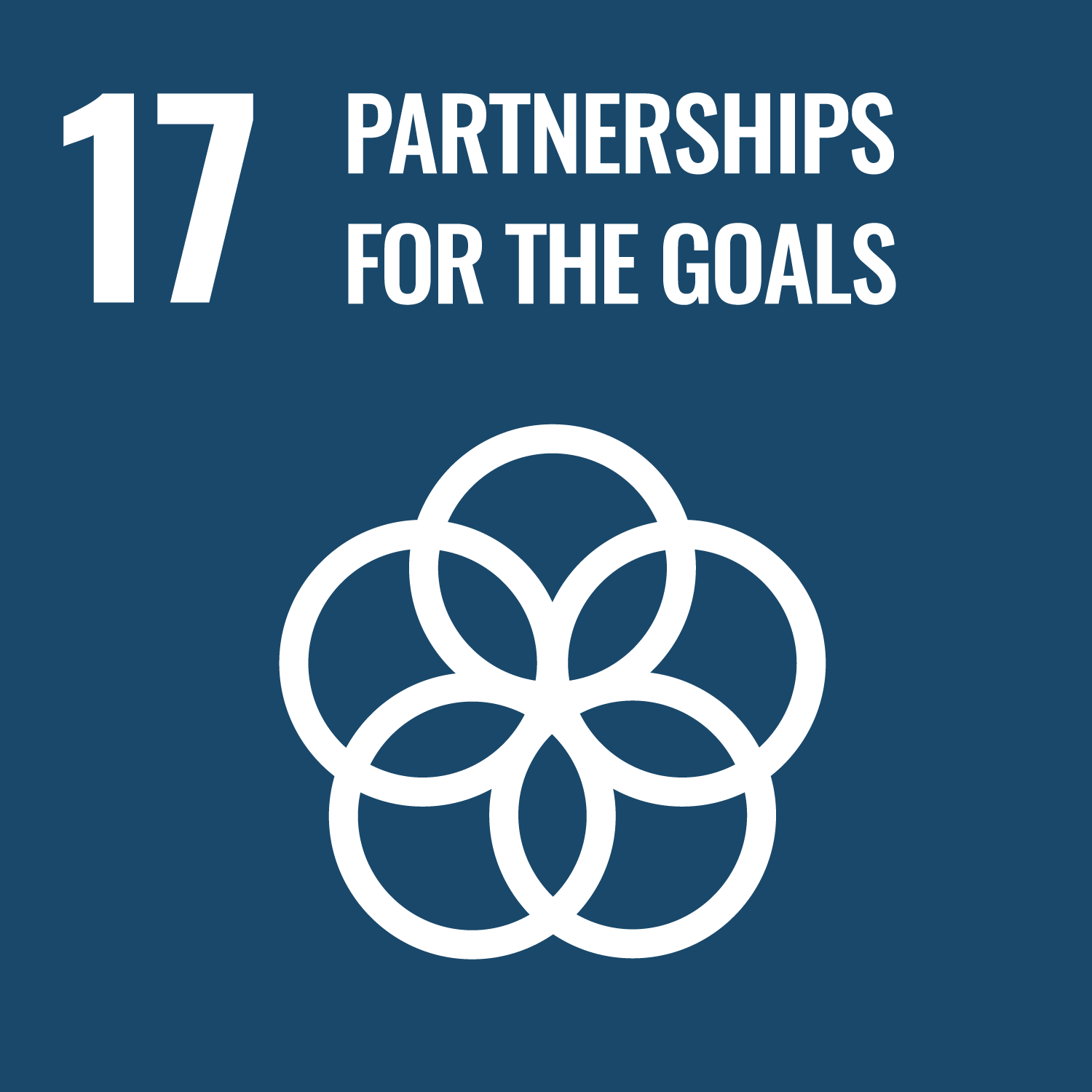This course is conducted completely in English.
This course introduces some lesser-known aspects of Japanese history, “Science and Religion in Japan.” The quest for natural science to understand the design and principles of the universe was a major reason behind the advance of science in the West. However, Japan had a different story. Science was brought over to Japan by European Christians.
In the class, we do not focus on religion vs science debate, but on historical facts. Both illustrated and written reference materials are used to deepen students' interest and understanding.
Note: The seventh and eighth weeks of the Monday class in the 2024 Spring semester will be conducted as a Collaborative Online International Learning (COIL) Program between Japanese and Indonesian universities.
This course introduces some lesser-known aspects of Japanese history, “Science and Religion in Japan.” The quest for natural science to understand the design and principles of the universe was a major reason behind the advance of science in the West. However, Japan had a different story. Science was brought over to Japan by European Christians.
In the class, we do not focus on religion vs science debate, but on historical facts. Both illustrated and written reference materials are used to deepen students' interest and understanding.
Note: The seventh and eighth weeks of the Monday class in the 2024 Spring semester will be conducted as a Collaborative Online International Learning (COIL) Program between Japanese and Indonesian universities.
In modern society we sometimes hear debates between science and religion, but in Japanese history, western religion and western
science arrived at the same time. This course is designed to help students understand the impact of this arrival on Japanese
concepts of religion and science and lasting influence on modern Japanese society.
The 16th century was a turning point in Japanese history because the country was unified under the stern rule of two dictators, Oda Nobunaga and Toyotomi Hideyoshi, who ended the long civil wars among 300 feudal lords. Thus pacified, Japan soon established contacts with Western civilization as transmitted by Portuguese traders and Catholic missionaries. Consequently, Japan acquired the technology, science, art, and crafts of the West and this interest extended to Christianity.
However, the process of modernization was interrupted when Hideyoshi prohibited Christianity. In this course, we explore the process of transformation that religious tradition including Shinto, Buddhism, and Christianity went through in Japanese society, education, and science.
The 16th century was a turning point in Japanese history because the country was unified under the stern rule of two dictators, Oda Nobunaga and Toyotomi Hideyoshi, who ended the long civil wars among 300 feudal lords. Thus pacified, Japan soon established contacts with Western civilization as transmitted by Portuguese traders and Catholic missionaries. Consequently, Japan acquired the technology, science, art, and crafts of the West and this interest extended to Christianity.
However, the process of modernization was interrupted when Hideyoshi prohibited Christianity. In this course, we explore the process of transformation that religious tradition including Shinto, Buddhism, and Christianity went through in Japanese society, education, and science.
| Goals and objectives | Course Outcomes | |
|---|---|---|
| 1. | Students will familiarize themselves with the knowledge of the characteristics of some religious traditions in Japan, and how they were transformed in the modern period in the context of their encounter with the West. |
B ,
E
|
| 2. | Students will study the different cultures, religions, and races that played important roles in Japanese history. |
B ,
C ,
E
|
| 3. | Students will learn about the value of equity in the field of history. |
B ,
E
|
| 4. | Students will understand the importance of interdisciplinary approaches through the humanities course. |
B ,
E
|
| Participation in class-activities and the reaction paper | Mid-term etc. | Final | Total. | |
|---|---|---|---|---|
| 1. | 10% | 10% | 10% | 30% |
| 2. | 10% | 10% | 10% | 30% |
| 3. | 10% | 5% | 5% | 20% |
| 4. | 10% | 5% | 5% | 20% |
| Total. | 40% | 30% | 30% | - |
| Class schedule | HW assignments (Including preparation and review of the class.) | Amount of Time Required | |
|---|---|---|---|
| 1. | An Overview of Shintoism and Buddhism | Write a short response paper based on what you have learnt in the class. | 150分 |
| 2. | Japan’s Encounter with Foreign Cultures from China to Portugal | Write a short response paper based on what you have learnt in the class. | 150分 |
| 3. | Japan's Encounter with Christianity during the Warring State of Period: The Three Great Unifiers of Japan | Write a short response paper based on what you have learnt in the class. | 150分 |
| 4. | The Tensho Embassy and the Martyrs of Japan | Write a short response paper based on what you have learnt in the class. | 150分 |
| 5. | The evolution of Castles in Japan | Write a short response paper based on what you have learnt in the class. | 150分 |
| Get ready for your mid-term presentation. Make a poster presentation based on what you have learnt in the first part of the term. | 250分 | ||
| 6. | Mid-term Review: presentations and discussion | Write your own evaluation of your presentation. Did you get your point across? Was your introduction catchy? Was your conclusion strong? Evaluate your own experience. How can you improve your presentation? Write down everything you can think of to improve your presentation and your plans. | 150分 |
| 7. | Japan's Encounter with Foreign Cultures: Dutch influence Note: The seventh and the eighth weeks of Monday class will be COIL Program with Magnetism and Magnetic Materials Collaboration with Dr. Dita Puspita Sari (IGP) |
Write a short response paper based on what you have learnt in the class. | 150分 |
| 8. | Discovery of Superconductivity by Dutch Note: The seventh and eighth weeks of Monday class will be COIL Program with Magnetism and Magnetic Materials Collaboration with Dr. Dita Puspita Sari (IGP) |
Write a short response paper based on what you have learnt in the class. | 150分 |
| 9. | Hidden Christians in Japan | Write a short response paper based on what you have learnt in the class. | 150分 |
| 10. | Japanese Printing Technology 1: Kawaraban as Tabloid Newspaper of the Edo Period | Write a short response paper based on what you have learnt in the class. | 150分 |
| 11. | Japanese Printing Technology 2: Edo Culture and Infrastructure in Ukiyoe | Write a short response paper based on what you have learnt in the class. | 150分 |
| 12. | Meiji Restoration and Bunmei-kaika / Japan’s Encounter with Foreign Cultures 4: US, UK, France, Germany, Russia etc. | Write a short response paper based on what you have learnt in the class. | 150分 |
| 13. | Importance of Having Philosophical Thoughts and Religion in the Field of Engineering (Special Lecture) | Write a short response paper based on what you have learnt in the class. | 150分 |
| Get ready for your final presentation. Make a poster presentation. Summarize what you have learned from this course. | 250分 | ||
| 14. | Final review: presentation and discussions | Write your own evaluation of your final presentation. Did you get your point across? Was your introduction catchy? Was your conclusion strong? Evaluate your own experience in this course. | 200分 |
| Total. | - | - | 2650分 |
| A:Fundamental Mechanical Engineering | B:Advanced Mechanical Engineering | C:Environment and Materials Engineering | D:Chemistry and Biotechnology | E:Electrical Engineering and Robotics | G:Advanced Electronic Engineering | F:Information and Communications Engineering | L:Computer Science and Engineering | H:Urban Infrastructure and Environment |
|---|
Grades are given based on:
1.Participation in class-activities and the assignments (40%)
2.Mid-term review (30%)
3.Final review (30%)
*In order to pass this course, students need to earn at least 60% of the total score.
1.Participation in class-activities and the assignments (40%)
2.Mid-term review (30%)
3.Final review (30%)
*In order to pass this course, students need to earn at least 60% of the total score.
Recommended: A History of Japan: Revised Edition
ISBN-10: 080482097X
ISBN-13: 978-0804820974
ISBN-10: 080482097X
ISBN-13: 978-0804820974
This course is conducted in a face-to-face manner. Students are required to give a poster presentation for both the mid-term
and the final. They should be argumentative, written academically, and complete with references.
- Office hours: Monday 13:00-15:00 in the lecturer's office & by appointment.
- Contact e-mail address: zam08580@shibaura-it.ac.jp
- Course that cultivates an ability for utilizing knowledge
| Work experience | Work experience and relevance to the course content if applicable |
|---|---|
| N/A | N/A |



- 10.REDUCED INEQUALITIES
- 16.PEACE, JUSTICE AND STRONG INSTITUTIONS
- 17.PARTNERSHIPS FOR THE GOALS
Last modified : Tue Sep 17 18:18:03 JST 2024
